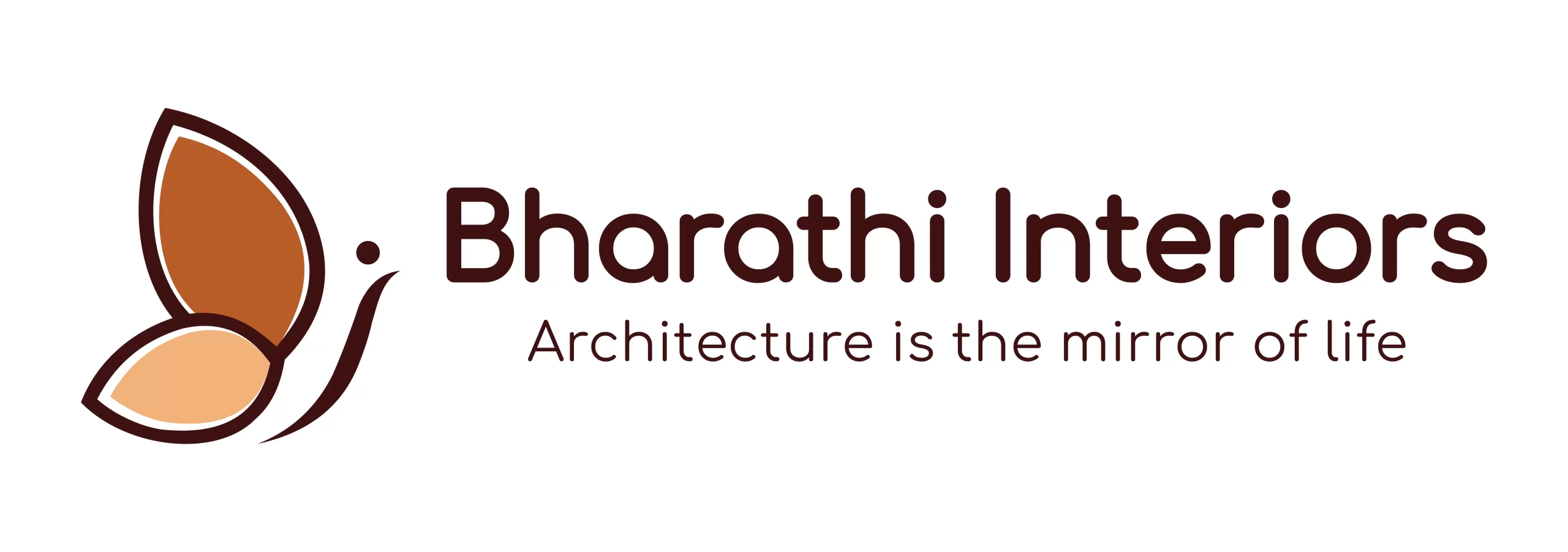Table of Contents
- Introduction
- Types of Wallpaper
- Vinyl Wallpaper
- Non-Woven Wallpaper
- Grasscloth Wallpaper
- Textured Wallpaper
- Conclusion
- FAQ
Introduction
When it comes to decorating your home or office, wallpaper design is one of the most popular choices. It is a great way to add personality, color, and texture to any room. However, with so many different types of wallpaper available, it can be overwhelming to choose the right one. In this brief guide, we will discuss the most popular types of wallpaper, their benefits, and their drawbacks to help you make the right decision.
Types of Wallpaper
- Vinyl Wallpaper
- Non-Woven Wallpaper
- Grass-cloth Wallpaper
- Textured Wallpaper
Vinyl Wallpaper
Vinyl wallpaper is the most popular type of wallpaper because it is durable, easy to clean, and comes in a variety of colors and patterns. It is made from a layer of vinyl on top of paper or fabric, which makes it waterproof and resistant to stains, making it perfect for high-traffic areas such as kitchens and bathrooms. However, vinyl wallpaper is not as breathable as other types of wallpaper, which can make it prone to peeling and bubbling.
Non-Woven Wallpaper
Non-woven wallpaper is made from a blend of synthetic and natural fibers, making it tear-resistant and easy to install. It is also breathable, which prevents moisture from building up behind the wallpaper and causing mold or mildew. Non-woven wallpaper is perfect for DIY projects as it is easy to install and can be removed easily without damaging the walls.
Grass-cloth Wallpaper
Grass-cloth wallpaper is made from natural fibers such as bamboo, jute, and seagrass, which gives it a unique texture and organic feel. It is perfect for adding warmth and texture to a room, but it is not as durable as vinyl or non-woven wallpaper, making it less suitable for high-traffic areas.
Textured Wallpaper
Textured wallpaper is perfect for adding depth and dimension to a room. It can be made from a variety of materials such as fabric, cork, or embossed paper, which gives it a unique texture and pattern. Textured wallpaper is ideal for creating an accent wall or adding interest to a small space, but it may be harder to clean than other types of wallpaper.
Conclusion
When it comes to interior design, selecting the perfect wallpaper for your home or office requires careful consideration of your needs and preferences. There are various options available to suit different requirements. Vinyl wallpaper, for instance, offers durability and easy cleaning, making it an excellent choice for high-traffic areas. On the other hand, non-woven wallpaper is known for its easy installation and removal, making it ideal for DIY projects.
If you desire to add warmth and texture to a room, grass-cloth wallpaper can create a cozy ambiance, although it may be less durable compared to other types. Additionally, textured wallpaper can be utilized to create accent walls or add visual interest to small spaces. By exploring different wallpaper options, you can enhance your interior design in coimbatore and create a space that reflects your unique style and preferences.
FAQs
1. Which type of wallpaper is best for high-traffic areas?
Vinyl wallpaper is the best choice for high-traffic areas as it is durable and easy to clean.
2. Which type of wallpaper is best for DIY projects?
Non-woven wallpaper is easy to install and remove, making it perfect for DIY projects.
3. Can grass-cloth wallpaper be used in high-traffic areas?
Grass-cloth wallpaper is less durable than other types of wallpaper, making it less suitable for high-traffic areas.
4. Can textured wallpaper be cleaned easily?
Textured wallpaper may be harder to clean than other types of wallpaper due to its unique texture.
5. Can wallpaper be used in a bathroom?
Yes, vinyl wallpaper is a great choice for bathrooms as it is waterproof and resistant to stains.

